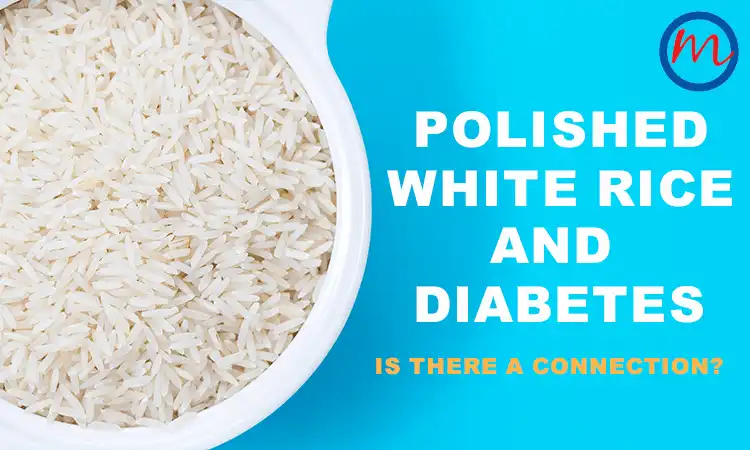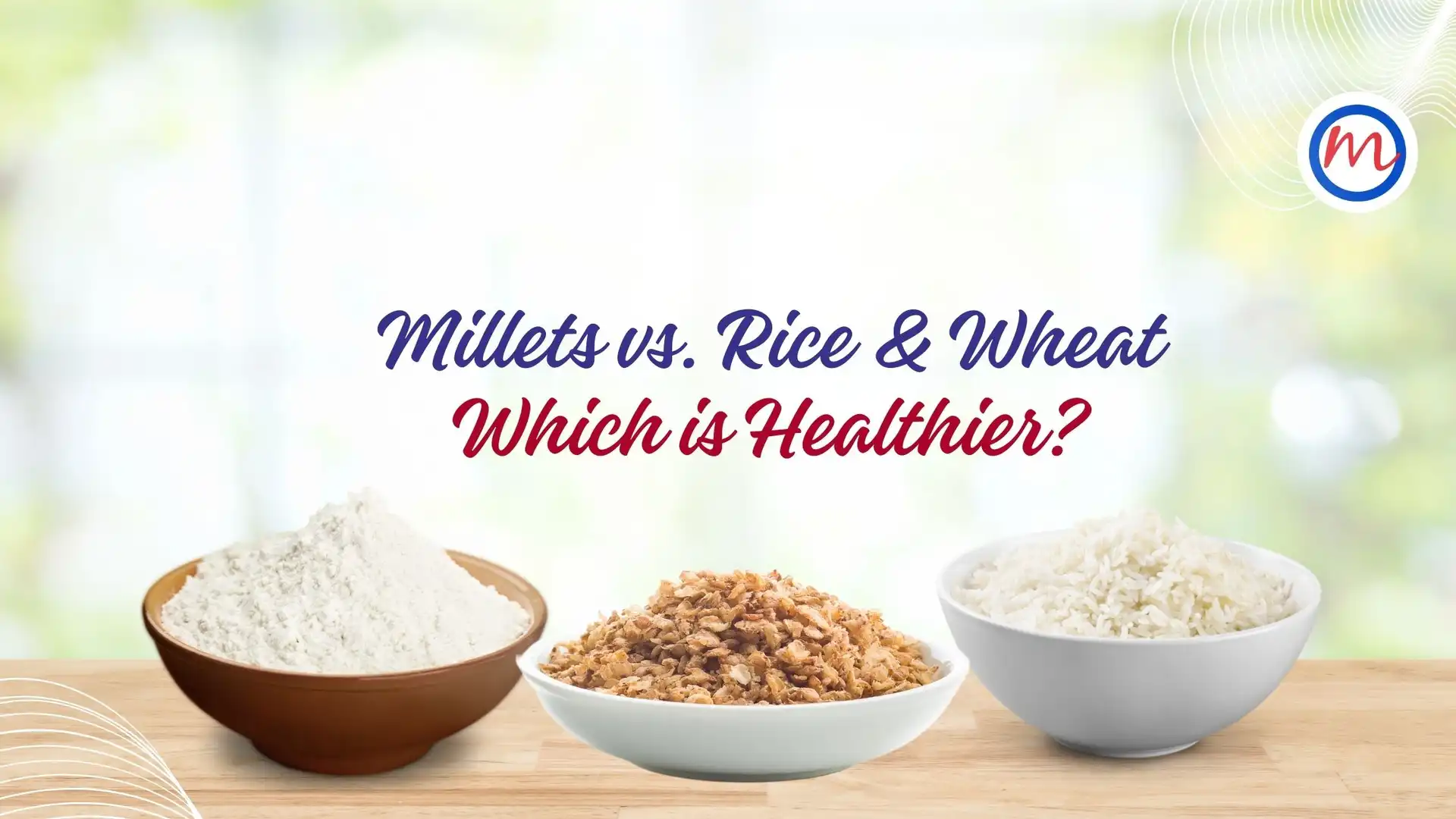The Visual Appeal Of Snow-White Rice May Have Made It India’s Preferred Staple, But the Nutritional Poverty Is Pushing Us Toward A Diabetic Disaster
Scientists From 21 Countries Engage, Analyse And Put Forward A Definitive Study On Why We Need To Choose The Right Rice
It is said, food is a memory that lasts a lifetime. For the Indian subcontinent, it has lasted generations and millennia. From the birth of agriculture in neolithic times to the middle of the twentieth century, our nutritional patterns and preferences have survived and thrived largely on traditional coarse grains, pulses and millets— rich sources of energy and protein, balanced amino acid and higher micronutrients—as staple food.
This story of continuity has been disrupted by the Green Revolution from 1951. In an attempt to avoid reliance on foreign food aid, post-independence, it has brought about a fundamental change in our food basket. With the relentless spotlight on refined grains—white rice and refined wheat flour—high-yielding and intensive farming, chemical fertilisers and price assurance, traditional grains, seeds, millets and pulses have disappeared or declined. We have been pushed willy nilly into embracing a nutritional transition—an unhealthy paradigm of poor diet, lifestyle and chronic diseases.
How would this cultural narrative be captured by scientists? An extensive study over 9.5 years, across 21 countries, and conducted on 132,373 participants has just been published online in the American Journal Diabetes Care. The Prospective, Urban Rural Epidemiological (PURE) Study confirms a clear association between excess white rice intake with incident (new onset) type 2 diabetes. Alarmingly, South Asia, where the rice intake is the highest, is at the highest risk of diabetes.
Underpinning the scientific study is the story of how India has taken to visually appealing, snow-white rice as its preferred choice of staple food, with disastrous consequences. The question that begs to be asked is: will it be possible to give them their nutrition back?
THE PURE STUDY
Co-ordinated and conducted by the Population Health Research Institute, Hamilton Health Sciences and McMaster University, Canada, under the leadership of Professor Salim Yusuf, PURE is yet another mammoth study, engaging different countries. As Dr Bhavadharini Balaji, the first author of the paper, says, “This is the largest study on white rice intake and incident of diabetes ever done.” It is also one of the first to confirm that white rice intake is key to the diabetes epidemic in South Asia.
The second author of the paper, Dr V. Mohan, who conceived the study, explains: “We have earlier shown in the Chennai Urban Rural Epidemiological Study (CURES) the association of white rice intake with prevalent diabetes. Further follow up of CURES over 10 years has shown how excess white rice consumption is also associated with new onset (incident) diabetes in South India, particularly Chennai.” This study is, of course, conducted on a much larger sample size, across many countries and with a longer period of follow up.
What does the study reveal? That, it is the amount of white rice consumed which is significant; that, higher intake of white rice (> 450 g per day, one serving of cooked rice being 150 g) is associated with an increased risk of diabetes. The largest consumers of white rice are in South Asia, polishing up about 630 g/ day, and at highest risk. Next in line is South East Asia, where the mean consumption is 239 g/day. These are followed by China, Middle East, Europe, Africa, South America and North America.
In India, the consumption of carbohydrate is way too high in the rice belts of Southern, Eastern and Northeastern parts of the country, where mainly rice consumption predominates. In North and West India, wheat consumption is more common.
Refined carbohydrates, like white rice, have very high glycemic index (or rise in the blood glucose level two hours after consuming a food), which contributes to a high glycemic load in the diet (or how much the food will raise a person’s blood glucose level after consuming it). This is correlated not only with increased risk of diabetes, but also of metabolic syndrome including high serum triglyceride levels and low HDL cholesterol concentrations.
These are characteristics of what is called the “Asian Indian phenotype” or the “South Asian phenotype,”—meaning, certain unique clinical and biochemical abnormalities which include increased insulin resistance, higher waist circumference despite lower body mass index and Type 2 diabetes at a younger age compared to Caucasians—could be largely contributed at least partly by excess rice intake.
THE SOLUTIONS
The modern Asian Indian diet is particularly high in refined carbohydrates and low in protein, compared to other dietary traditions. The solution is clearly reducing the amount of rice consumed. In India, almost 70–75 per cent of diets consist of carbohydrates, in the form of polished white rice or refined wheat. Perhaps, this can be brought down to 45-50 per cent?
Side by side, the protein intake needs to rise up to about 20 per cent of the diet. Indians consume less protein than recommended by the Indian Council of Medical Research. By including more legumes and pulses (like Bengal gram, green gram, black gram, rajma etc) the protein and fibre content in the diet can be enhanced and glycemic load reduced—to make the diet healthier. Along with healthy fats (monounsaturated fats) and plenty of green leafy vegetables and some fruits, the Indian diet could be much more healthy. And it would reduce the incidence of type 2 diabetes and other non-communicable diseases.
With the current movement of reviving ancient grains, it might be possible to change to healthier varieties of rice, along with brown rice. India has lost thousands of healthy varieties of rice in the last few decades, but some still exist, especially in remote rural pockets. A range of non-basmati aromatic rice varieties are being researched by the scientists. For instance, the kalanamak (or the Buddha rice) of Uttar Pradesh or the gobinda bhog of West Bengal and many more, which outclass the Dehradun basmati in aroma and nutrition content.
Carbohydrates are integral to South Asian dietary traditions. Hence, carbohydrate substitution, by introducing traditional grains—low in much carbohydrate content but rich in fibres, proteins and micronutrients—is yet another solution. Aamaranth (or rajgira in Hindi), barley (jau), pearl millet (bajra), finger millet (ragi), sorghum (jowar) and quinoa, can be used as a replacement for white rice.


https://www.thehindu.com/sci-tech/health/the-rice-of-diabetes-an-undeniable-link/article32516022.ece



